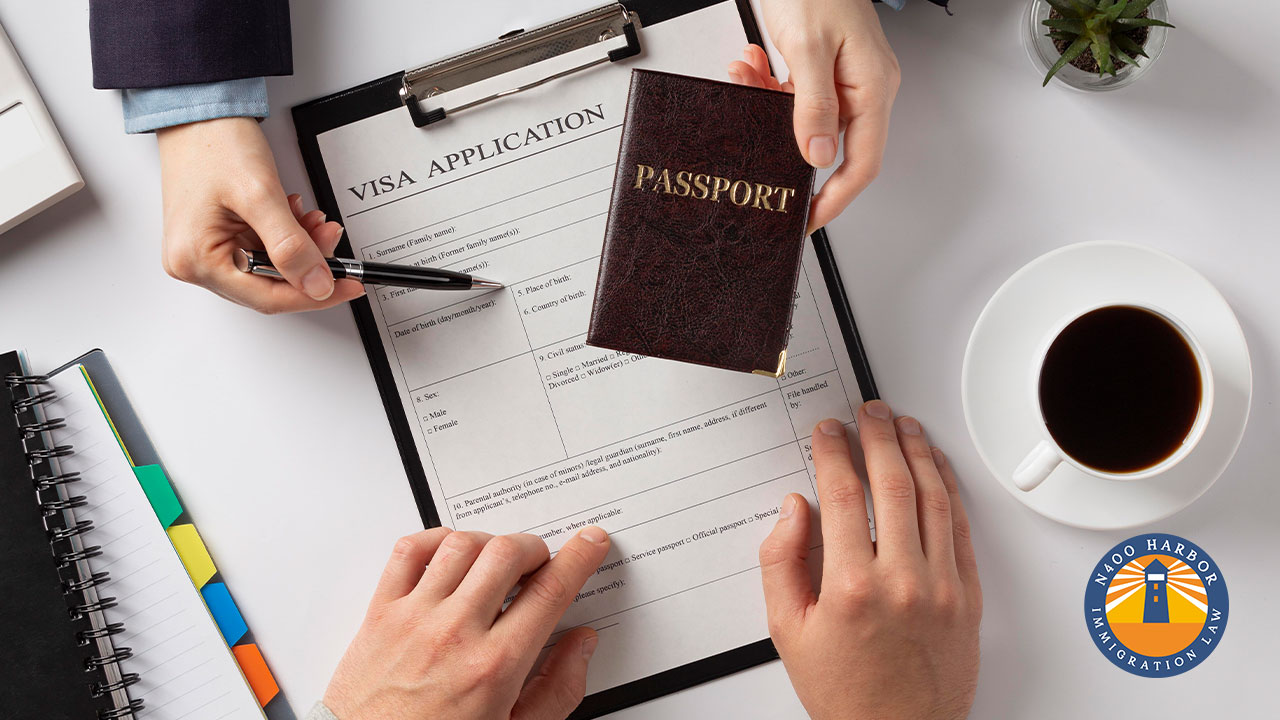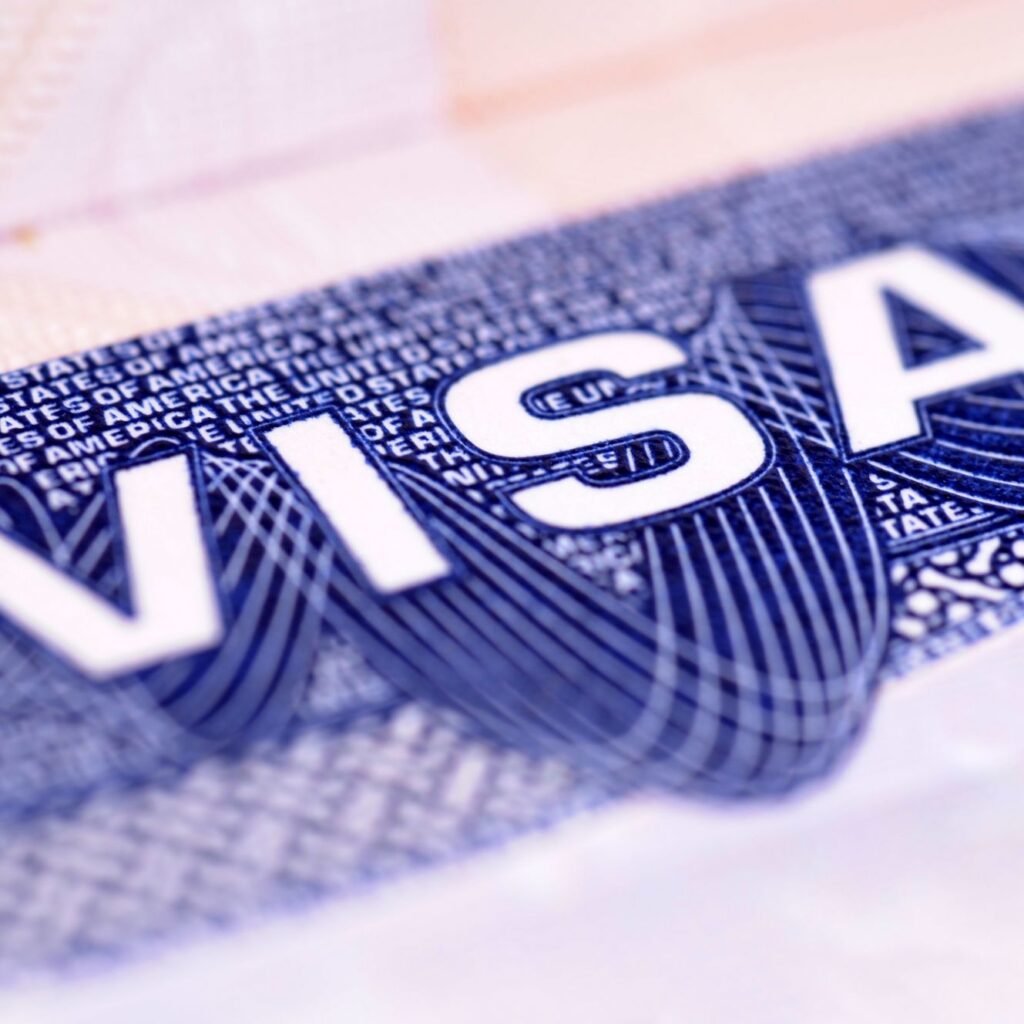
Immigrating and working in the United States has always been a dream for many.
Whether it’s for the country’s colossal economy, high salaries, or favorable work environments, the allure to immigrate to the United States is undeniable. This guide will walk you through the steps on how to get a work visa, delving into the intricate details of employment-based nonimmigrant and immigrant visa classifications.
We will also discuss the categories of noncitizens who are eligible for employment authorization and the necessary processes to work temporarily or permanently in the United States.
IN THIS ARTICLE
Work Visa: An Overview
Need to learn how to get a work visa? Well first let learn what IS a work visa in the United States. A work visa is a legal document that grants a noncitizen permission to work in the U.S. for a specific period. It falls under two broad categories: temporary (nonimmigrant) work visas and permanent (immigrant) work visas.
Temporary Non-immigrant Work Visas
Temporary work visas are issued to individuals who seek to work in the U.S. for a fixed duration. These visas are not intended for permanent or indefinite employment. Usually, a prospective U.S. employer must file a petition on behalf of the foreign worker with the U.S. Citizenship and Immigration Services (USCIS).
Once the petition is approved, the individual can then apply for the visa. There are various types of temporary work visas, such as H-1B, H-2A, H-2B, and more, each catering to different professions and requirements.
Permanent Immigrant Work Visas
Permanent work visas, on the other hand, are for individuals who possess the right combination of skills, education, and/or work experience, and wish to live and work permanently in the U.S. These visas, known as employment-based immigrant visas, are further categorized into five preferences. A labor certification from the Department of Labor (DOL) and a petition from the prospective employer are typically required for these visas.
Understanding the Different Types of U.S. Work Visas
Now that we’ve covered the basics, let’s delve deeper on how to get a work visa by understanding the different types of work visas available in the U.S., their eligibility criteria, and specific requirements.
H-1B: Specialty Occupation
An H-1B visa is for individuals who wish to work in a specialty occupation requiring a higher education degree or its equivalent. This visa category also includes fashion models of distinguished merit and ability and individuals involved in government-to-government research and development projects.
H-2A and H-2B: Temporary Agricultural and Non-agricultural Worker
The H-2A visa is for temporary or seasonal agricultural work and is limited to citizens or nationals of designated countries. The H-2B visa, similarly, is for temporary or seasonal non-agricultural work.
L1: Intracompany Transferee
The L1 visa is for individuals who seek to work at a branch, parent, affiliate, or subsidiary of their current employer in a managerial or executive capacity, or in a position requiring specialized knowledge.
O1: Individuals with Extraordinary Ability or Achievement
The O1 visa is for individuals with extraordinary ability or achievement in the sciences, arts, education, business, or athletics. The individual’s extraordinary ability must be demonstrated by sustained national or international acclaim.
P Visas: Athletes, Artists, and Entertainers
The P visa category is for individuals who wish to perform at a specific athletic competition as an athlete, as a member of an entertainment group, or in a performance under a reciprocal exchange program or a culturally unique program.
R-1: Temporary Nonimmigrant Religious Workers
The R-1 visa is for religious workers who want to work in a religious occupation or vocation for a U.S. non-profit religious organization.
Requirements to Apply for an Immigrant Visa Through Employment
To apply for an employment-based immigrant visa, you must meet specific requirements. These requirements vary depending on the type of visa you’re applying for. Most employment-based immigrant visas require a job offer from a U.S. employer and labor certification approval from the DOL. The employer (sponsor) may also need to file an application or petition on your behalf to establish your eligibility.
Labor Certification
Labor certification is a mandatory step for most employment-based immigrant visas. This certification is proof that there are insufficient workers in the U.S. with the required skills for the job, and the employment of foreign workers will not adversely affect the job opportunities, wages, and working conditions of U.S. workers.
Petition Approval
Your prospective employer must file a Petition for a Nonimmigrant Worker, Form I-129, with USCIS. Once USCIS approves the petition, you can apply for the work visa.
How to Get a Work Visa in the US? (4 Steps)
Learn how to get a work visa by meeting all the requirements. Then you can begin the application process, which typically involves the following 4 steps:
- Complete the Online Nonimmigrant Visa Application (Form DS-160): You must ensure all information entered into the DS-160 form is accurate to avoid visa denial.
- Schedule Your Interview: After completing the DS-160 form, you must schedule an interview with the U.S. Embassy or Consulate.
- Attend the Interview: The visa interview is crucial as it plays a significant role in the decision-making process of your visa approval.
- Complete Additional Procedures: You may be required to give digital fingerprints or pay additional fees. Once the visa processing is complete, you may need to pay a visa issuance fee, depending on your country of origin.

Rights and Responsibilities of Temporary Workers in the U.S.
As a temporary worker in the U.S., it’s crucial to understand your rights and responsibilities. You are protected from violations and exploitation and can exercise these rights without being penalized. Furthermore, as long as your visa is valid, the government cannot force you to return to your home country if you report any rights violations.
However, once your visa expires, you cannot stay in the country unless the Embassy extends your visa. If you violate this condition, you may not be eligible to apply for a visa in the future.
Next steps
Navigating the complexities of U.S. immigration law can be daunting. But with a detailed understanding and the right guidance, you can realize your dream of working in the U.S. Remember, your journey on how to get a work visa begins with understanding the different visa types, their requirements, and the application process. Armed with this knowledge, you’re now well-equipped to embark on your U.S. work journey. Call us today for a free consultation. We are here to help.

